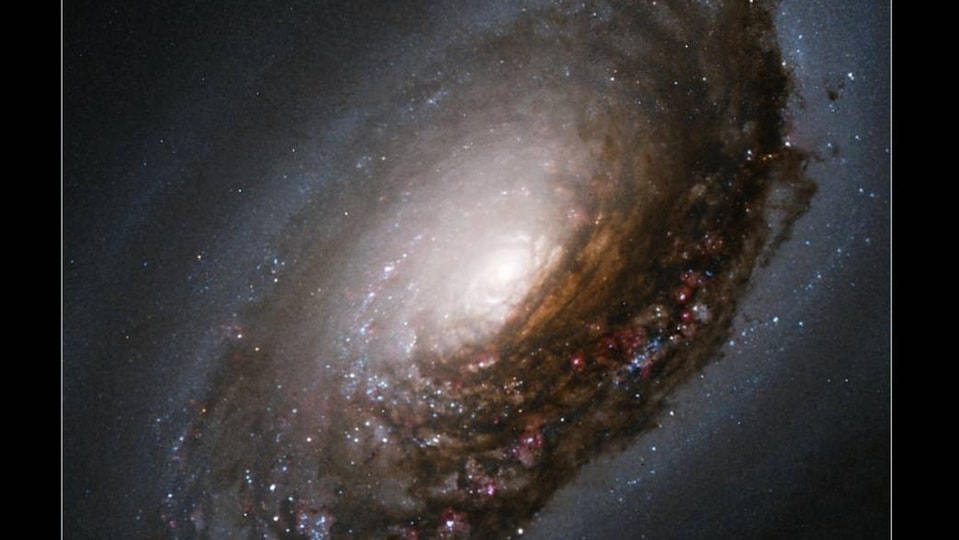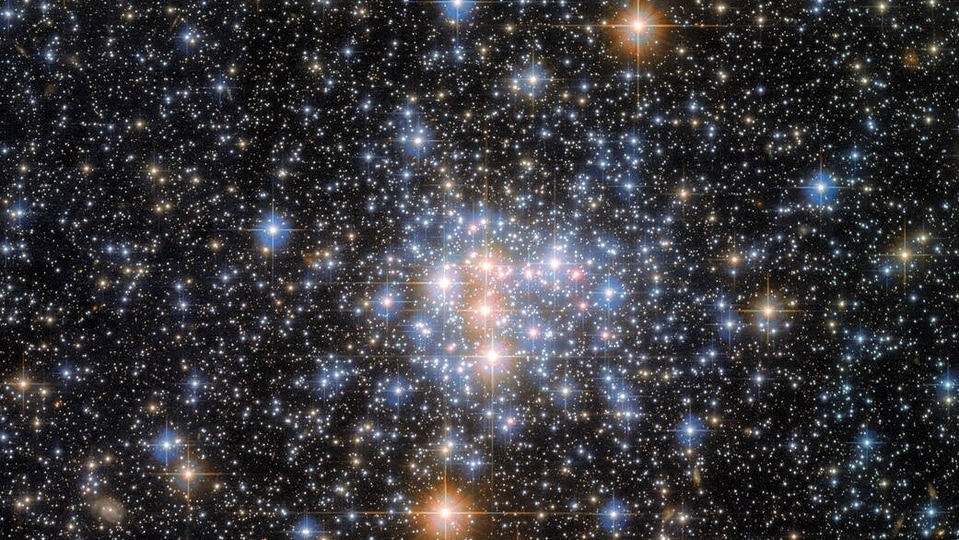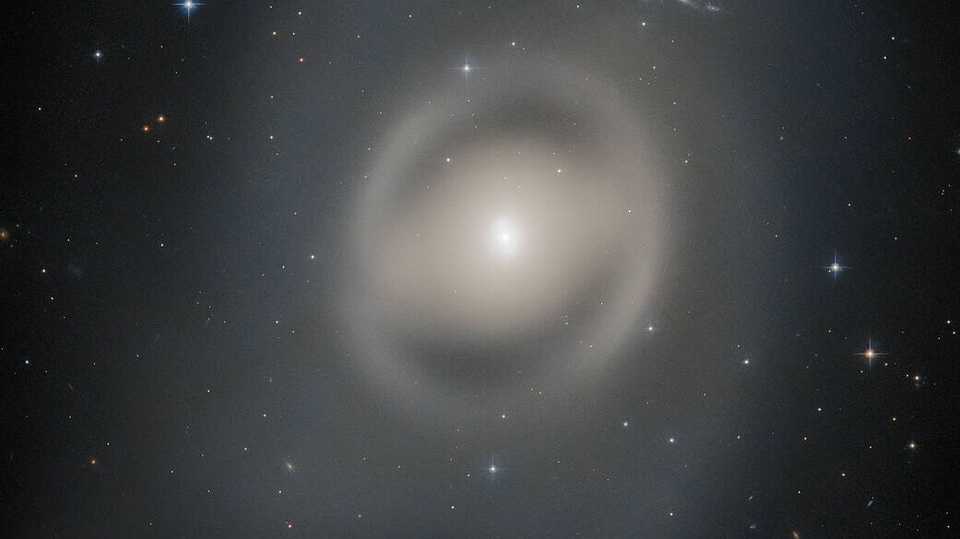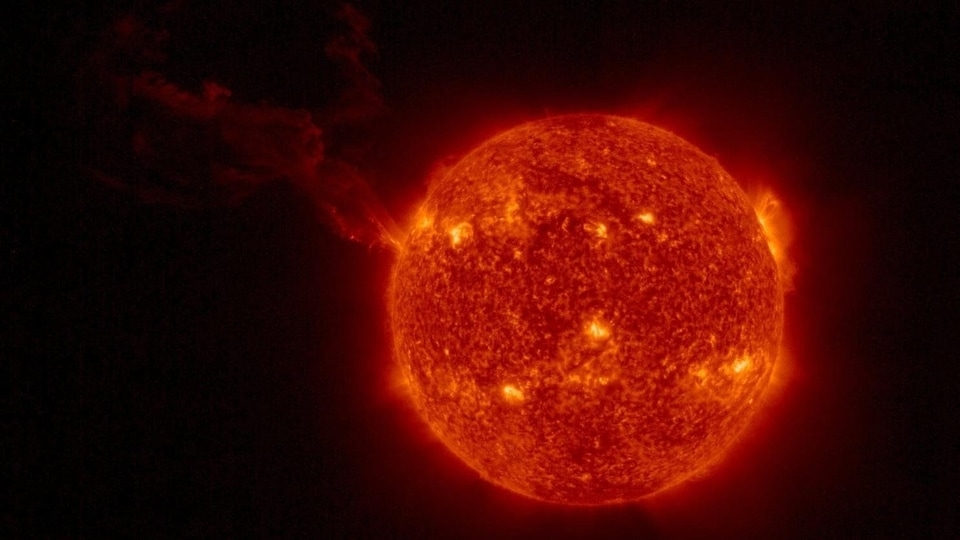NASA says two sunspots could hurl out M-class solar flares towards Earth; Check details
In a new development, the NASA Solar Dynamics Observatory (SDO) has tracked not one but two dangerous sunspots and both of them could hurl M-class solar flares towards Earth!






 View all Images
View all ImagesEarth has been bombarded with solar activity in the last few months. In July, it was revealed that 2023 had already broken a 21-year record for the highest number of sunspots which were even more than initially predicted by scientists. But what does the rising number of sunspots mean? The number of sunspots on the Sun is directly related to the intensity of the solar peak. So, the higher the number of sunspots, the higher the chances of solar storms. Solar storms are caused by coronal mass ejections (CME) particles released whenever a solar eruption occurs. These eruptions, also known as solar flares, occur at the center of sunspots, which are the regions of unstable magnetic fields on the surface of the Sun. In a new development, the NASA Solar Dynamics Observatory (SDO) has tracked not one but two dangerous sunspots and both of them could hurl M-class solar flares towards Earth!
Threat of M-class solar flares
According to a report by spaceweather.com, sunspots AR3511 and AR3513 have been observed to have unstable “beta-gamma” fields. This simply means that there is acceleration at the top of the coronal loops. Both of these sunspots could hurl out M-class solar flares towards Earth. According to NASA, M-class solar flares are moderate in intensity and have the potential to cause brief radio blackouts. This is because when solar particles hit Earth, the radio communications and the power grid are affected when they hit the planet's magnetic field.
The report states, “Sunspots AR3511 and AR3513 have 'beta-gamma' magnetic fields that harbor energy for M-class solar flares.”
Tech aboard NASA Solar Dynamics Observatory
The NASA Solar Dynamics Observatory (SDO) uses three very crucial instruments to collect data from various solar activities. They include the Helioseismic and Magnetic Imager (HMI) which takes high-resolution measurements of the longitudinal and vector magnetic field over the entire visible solar disk, Extreme Ultraviolet Variability Experiment (EVE) which measures the Sun's extreme ultraviolet irradiance, and Atmospheric Imaging Assembly (AIA) which provides continuous full-disk observations of the solar chromosphere and corona in seven extreme ultraviolet (EUV) channels.
Catch all the Latest Tech News, Mobile News, Laptop News, Gaming news, Wearables News , How To News, also keep up with us on Whatsapp channel,Twitter, Facebook, Google News, and Instagram. For our latest videos, subscribe to our YouTube channel.
































